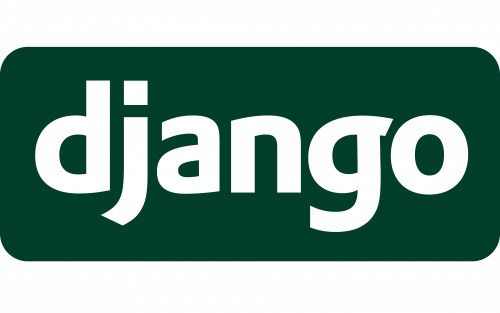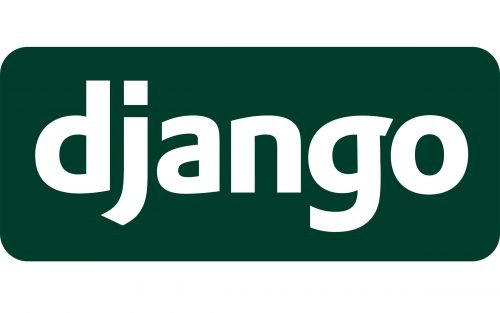Django is a website creating framework software, which was developed in 2005 by Adrian Holovaty and Simon Willison. The program is written in Python and has users all over the world.
Meaning and history
Django was created in 2003 by Adrian Holovaty and Simon Willison while working at the Lawrence Journal-World newspaper. It was officially released as an open-source project in 2005.
Django revolutionized web development with its “batteries-included” philosophy, offering built-in admin panels, an ORM, and security features. It became a top framework for scalable and secure web applications.
Today, Django is maintained by the Django Software Foundation and is widely used by major companies like Instagram and Disqus, ensuring its continued evolution.
2005 – Today
The text-based visual identity of Django software is modern and strong. It looks confident and evokes a sense of professionalism, due to the classic color palette and balanced shapes.
The Django inscription in all the lowercase letters is executed in a contemporary rounded sans-serif typeface, which is similar to DTL Prokyon Bold, with its sleek lines and soft curves.
The most memorable element of the Django logo is its slightly elongated playful upper bar of the letter “G”, which adds a unique character to the software’s visual identity.
Despite the strict and powerful black-and-white color palette, the logo looks friendly and welcoming due to the use of lowercase lettering and soft shapes of the wordmark.
The Django logo is modern and minimalist, reflecting the software’s futuristic and progressive approach and its young and free spirit.
The monochrome color palette of the Django visual identity shows the company as reliable and trustworthy, the one with rich expertise and authority.









